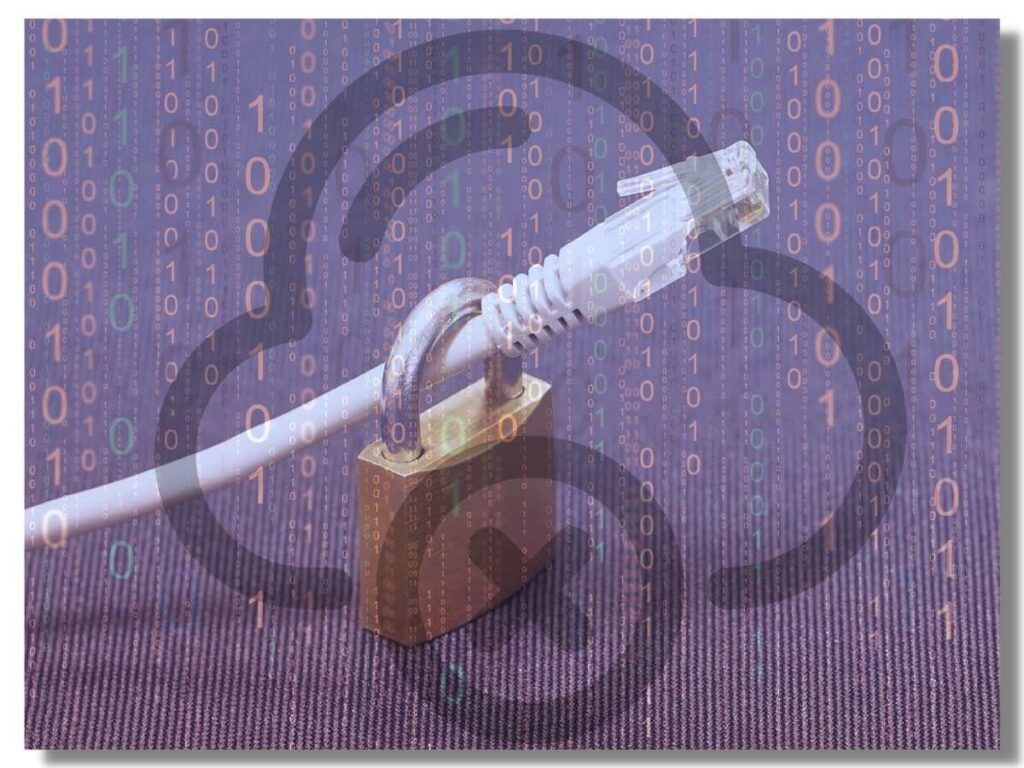Disclosure
The post may contain affiliate links, meaning we get a small commission if you make an account or purchase through our links, at no cost to you. This may help us to offset the cost of paying our writing team. For further detail visit our Affiliate Disclaimer
Have you ever wondered about a smart home automation without internet? Nearly its impossible but thanks to our technology who has advanced to its peak almost. Internet is no more the main component for building a smart home and running it seamlessly. Yes, this is true that a centralized wireless device or hub can make practical and successful home automation without internet. But, also we have concluded some constraints in avoiding the internet for home automation systems. In this article, you will have a clear picture, of every part of this system that can run with and without internet interference.
Table of Contents
Don’t just rely on the internet

In today’s era where everyone is trying to build a smart home – for a better quality-life routine. A home with all the appliances or its security that could just only be controlled with one touch or one command through internet has become a necessity. Internet just not only gives us freedom but complete relaxation, of controlling our house from anywhere anytime.
But uncertainly, the internet can even create a problem. A poor internet connection can delay the time of command and can lead to serious incidents. Your smart home connected to the internet maybe get affected by cyberattacks, leaking all the secured data and your personal information.
The smart appliances of your home are not only in danger but also at a very high risk of hacking when users frequently use it over internet. Therefore our science robotics have invented devices and protocols such as Zigbee and Z-wave that can control all your devices and home automation without internet all time.
Wireless protocol- a good news for home automation
Internet is not a priority anymore. Decision-making only needs a mind if no internet then why not a wireless protocol? The only thing you just need to do is to select an affordable hub for your smart home which will serve as a local mind to control each device in the system. Choosing an efficient hub system that can be supervised through other wireless options as well like Bluetooth or radiofrequency can make your life easier and safer for this purpose.
What is Zigbee and Z-Wave ? These are the wireless protocols that work over IEEE standard 802.15.4 on unlicensed bandwidths that include 2.4GHz, 900MHz, and 868MHz. Zigbee in comparision with Z-Wave can connects more devices
Installing a smart home hub – internetless system

Hubitat Elevation is one of the home automation hubs that come with incredible specifications of not only connecting through an internet connection but can also be connected through an IP connection. The Z-wave and Zigbee radio feature is already set in in the Hubitat hub. What you got to do is to plug in the Zigbee and Z-wave compatible smart home sensor or devices in your home that can be used over wireless protocol for completing the local access with the hub.
There are other options also available for a smart home hub like wink, smart things, home assistant, and many more that allow the local connectivity of home automation without internet but not really pure ones. They might be needing a little internet for some functions or maybe you have to build up the network in them manually when required for time being.
Zigbee / Z-wave a lifesaver in an Internet outage
When you have installed an automation hub, probably your next step should be selecting the devices that are compatible with the Zigbee/ Z-wave programming.
What are actually ZigBee and Z-wave? They are among the best wireless protocols these days. Zigbee having a significant edge over the Z-wave protocol in terms of more device connectivity. Zigbee-protocol hub is able to work and connect to indoor devices that are 40 feet apart. Even though they are connected over long-range yet still work without any involvement of the internet. Zigbee functions over 2.4GHz as well as on 915MHz by setting. Whereas Z-wave function on a 908.42 MHz radiofrequency only. So when selecting a smart device for the home hub, ensure the compatibility of protocol whether Zigbee or Z-wave.
Does Zigbee work without internet?
These smart devices function through a network mesh. All the Zigbee or Z-wave devices connect to one another making themselves work on one network mesh, but the problem lies if any of the indoor devices is above 60 feet apart from the other device, then there may be an internet interruption because the program then shifts automatically from the radio frequency to the internet Wi-Fi routers for that particular device which is out of range. But if this is not the case all Zigbee devices in a mesh can work perfectly in home automation without the internet.
Smart home sensors and appliances a joining dot

Wait! This is not just enough. The system seems easy but it is complex and full of swings. The prolonged use of it can only make you understand things more. The next thing after installing Zigbee or a Z-wave home system hub is to install the sensors and appliances. Sensors for detecting temperature, voltage, water, contact, or any type of motion. Along with sensors, one can also plug in some appliances like smart coffee machines, smart fans, smart doorbells, etc. Now all you need to do is program command instructions and set up basic routines for sensors and smart devices. Hubitat elevation provides an interface for performing this programming and rule-setting just by calling it through the unit IP address. Once you have done setting up every smart device in Hub then Hub will control all devices in the mesh smartly and as per the instructions.
For example, if you have a voltage sensor installed in your house it can help you to detect the high voltage or very low voltage and can prevent any kind of damage to your electronic home appliances, by performing only on just one command. Such sensors and much more like this have utilized Zigbee and Z-wave communication to improve the home automation technology.
Pros and Cons of home automation without internet
The system of Zigbee/ Z-wave pretends to be straightforward to you but has its pros and cons.
Pros
- The system is useful in terms of keeping your home automation safe from hacking or cyberattack. It also won’t leak your data as it works without internet and with AES 128 bit data encryption over wireless protocol.
- A system without internet and function more appropriately as it won’t be dependent on the internet. The loss of internet connection won’t cause you trouble.
- Zigbee/ Z-wave devices have a long battery run therefore it uses less power consumption, around 1.1 Watt of power
Cons
- Even though the system operates without internet but still some of the devices have the option of the internet. Sometimes it may swap IP connection automatically to the internet on the loss of communication with Hub mesh.
- Zigbee/ Z-wave devices can function over on a fixed frequency or distance. If the system is out of the range, we may face some kind of internet interruption.
- Installing a complete smart hub for home automation without internet is much more expensive than having a smart home with the internet, as it needs more labor and more devices.
- The transmission of data through the Zigbee/ Z-wave devices is a little slow as compared to the internet as they are operating on low power.
Conclusion
So if you have thought of the idea of having a smart home without internet you are not wrong. you can have it set up in just three steps:
- Install a smart home hub that works on Zigbee or Z-wave as per your requirement.
- Position Zigbee/ Z-wave sensors and smart devices in your home.
- Configure the routine instructions and set up every device in Hub.
This Zigbee technology is awesome in its feature of functioning without internet, still, it has some constraints that may make you use internet for the smart home system.
Also Read : All You need to know about Home Automation and “SMART technology” – What, How & Where?



